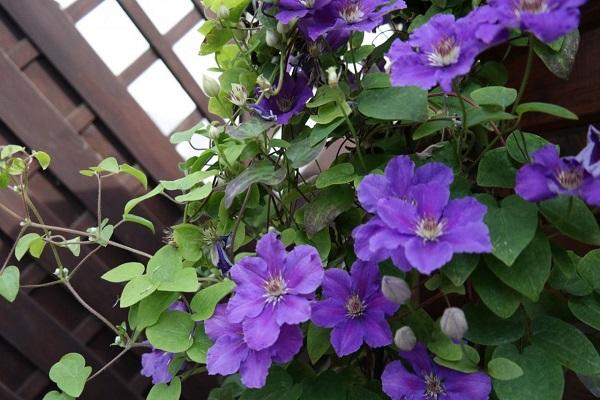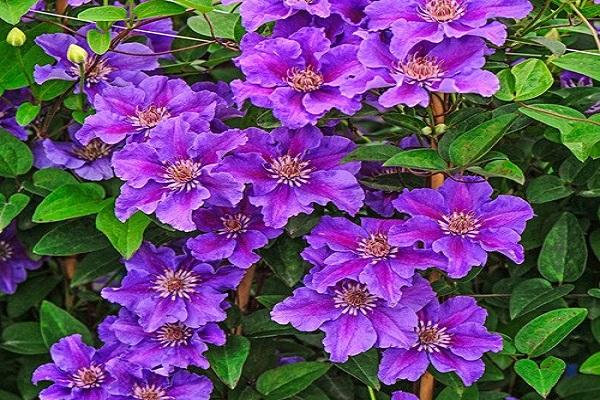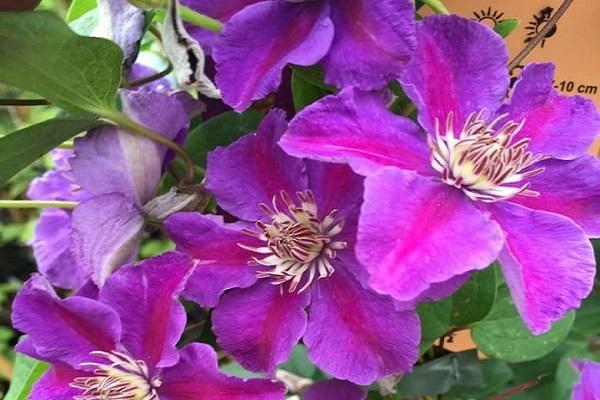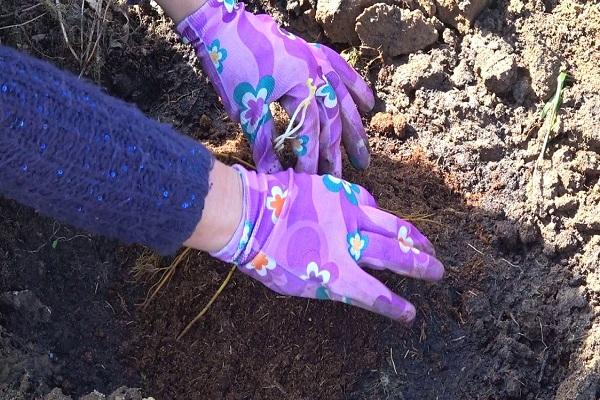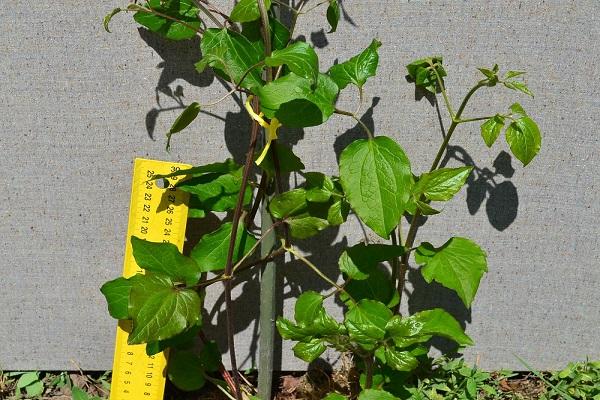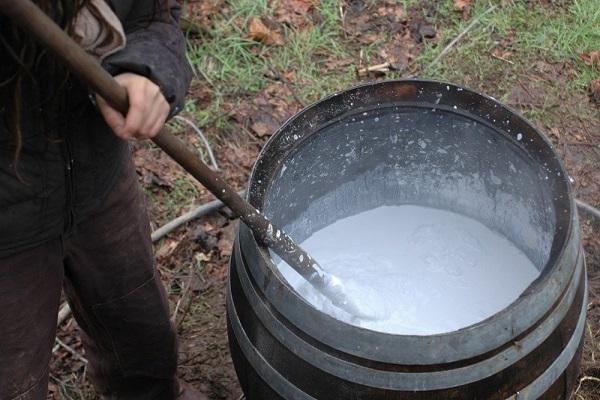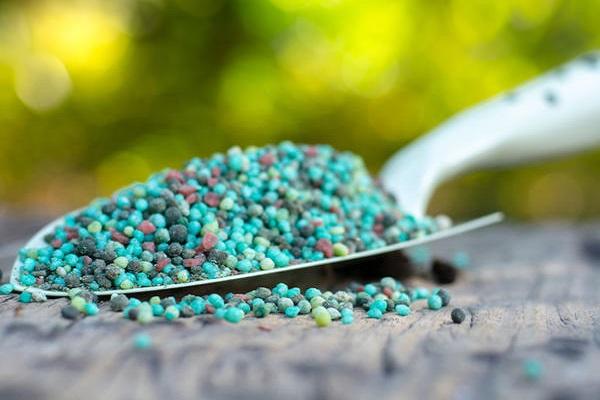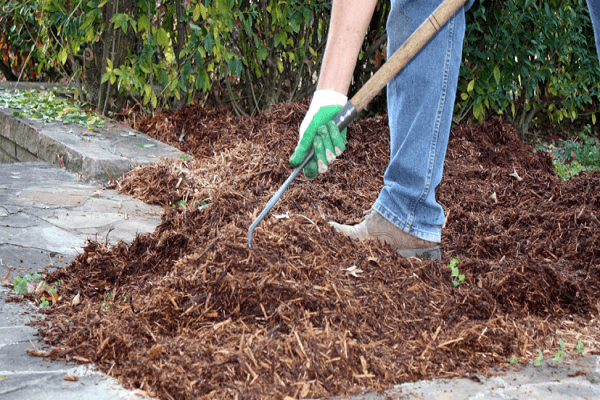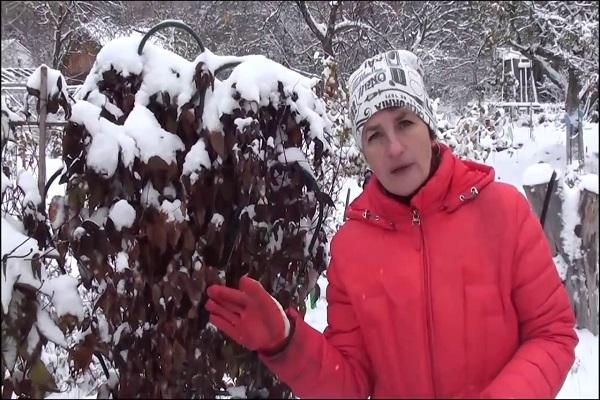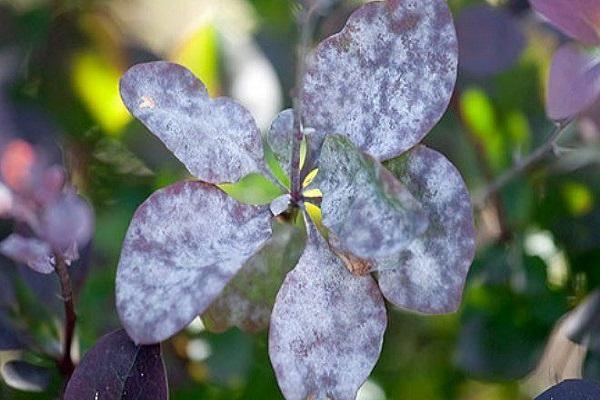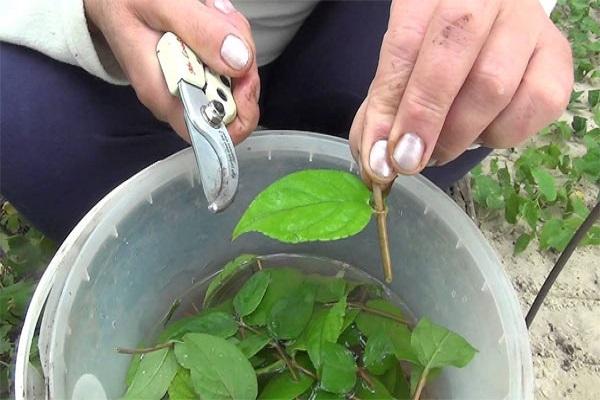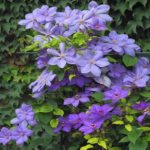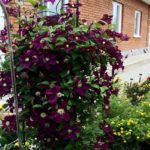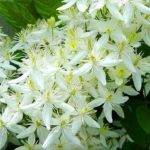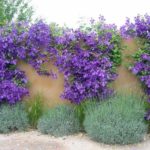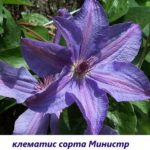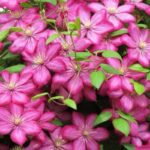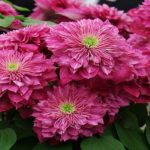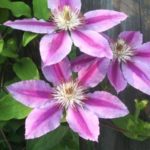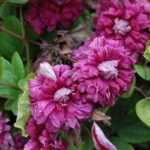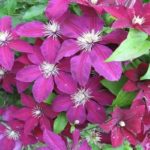Every self-respecting summer resident tries to decorate his plot by planting beautiful, exotic garden crops. Thanks to the efforts of breeders, who delight us with new varieties of plants every year, there is no limit to the improvement of the garden plot. If you love caring for plants and want to bring new, fresh colors to your garden, pay attention to the Ashwa clematis variety. Why it is so valued by gardeners and how to care for it will be discussed below.
- History of selection
- Description and characteristics of clematis Ashwa
- Advantages and disadvantages
- Features of cultivation
- Recommended timing
- Choosing a suitable location
- Selection and preparation of planting material
- Landing algorithm
- Care instructions
- Watering
- Top dressing
- Mulching and loosening the soil
- Trimming
- Preparing for winter
- Sheltering shrubs for the winter
- Disease and pest control
- Reproduction methods
- Examples in landscape design
History of selection
The first clematis seeds, which became famous throughout the world under the name Ashva, appeared in Lithuania back in the early 90s. Leonardas Bakevicius, a well-known breeder at that time, was responsible for their breeding. This variety did not immediately become popular, and only appeared in the public domain in 1998.
After seven years, Ashwa was presented at a major agricultural exhibition held in Holland. Professional gardeners appreciated this product, and according to the voting results, Ashwa took 3rd place.
Note! This variety has not been registered in the State Register of the Russian Federation.
Description and characteristics of clematis Ashwa
Ashva is a climbing plant that belongs to the ornamental category. Gardeners value it for the beauty of its buds, of which there can be up to 100 pieces during the flowering period. Has the following characteristics:
- bright, varied colors;
- large flowers;
- shoot height – no more than 2 meters;
- mid-late flowering;
- good frost resistance.
Advantages and disadvantages
The advantages of a hybrid variety include:
- compact dimensions, which is why clematis can be grown in small garden plots;
- unpretentious to climatic conditions, and its planting is allowed even in regions that are classified as “risky for agriculture”;
- long lifespan (up to 25 years);
- strong immunity.
Flaws:
- light-loving plant. In shaded areas it will show a weak tendency to grow and form buds;
- the area where clematis Ashwa grows should be protected from strong gusts of wind.
Features of cultivation
Despite its unpretentiousness in terms of breeding and maintenance, Ashwa still requires some attention. If you want to get a beautiful, fully formed bush, you will have to take into account the following features:
- timing of planting in the ground;
- the variety is picky about the planting site;
- Before planting, it is necessary to carry out preparatory work with the seedlings.
Recommended timing
The timing of planting clematis depends on your region of residence:
- in the southern regions the plant is planted closer to autumn. The optimal period is considered to be the beginning of September. Planting in spring is undesirable, since hot, dry air negatively affects the formation of seedlings;
- in the northern regions everything is exactly the opposite. Planting is done in the spring, since the autumn shoots will not have time to properly grow stronger and will freeze.
Choosing a suitable location
When choosing a place to plant clematis, the following factors must be taken into account:
- the variety loves as much light as possible, and shaded areas will greatly slow down its development;
- Clematis prefer well-moistened areas, but not wetlands. It is important to remember this and maintain balance.
Note! When planting varieties in the southern regions, try to choose areas where there is partial shade. Scorching rays can dry out fragile shoots.
Selection and preparation of planting material
The process of preparing seedlings is important in their further formation. Keep in mind that:
- seedlings with a weak root system are not suitable for use;
- a plant that has 3 or more roots is considered optimal;
- the length of the roots should not be shorter than 10 centimeters;
- if the roots are damaged or look sluggish, the seedling should be treated.
Landing algorithm
The correct sequence of actions that will ensure healthy and powerful growth of clematis Ashwa looks like this:
- we dig a hole for the seedling, the depth of which is 60 centimeters;
- fill the hole with a layer of drainage 20 centimeters thick;
- fill the top of the drainage with a layer of fine crushed stone;
- straighten the roots of the seedling and lower it into the prepared hole;
- we fill the soil dug out of the hole back, after mixing it with compost;
- the layer of soil should rise higher than the root collar of the clematis;
- mulch the ground around.
Care instructions
Plant care consists of actions such as:
- feeding;
- irrigation;
- pruning;
- mulching;
- preparation for the winter period.
Watering
Ashwa loves abundant, systematic watering. Not only the roots, but also the vines need moisture, especially during the period of active growth. Particular attention from gardeners is required during the snow melt in the spring. The soil becomes waterlogged, which can cause the roots to rot.
A system for draining excess water from the ground can prevent this effect from occurring. During watering, it is recommended to direct the water stream to the center of the seedlings.
Top dressing
To feed the crops use:
- organic fertilizers;
- mineral fertilizers.
Young clematis, whose age does not exceed 2 years, are fed 4 times a year. It is recommended to apply fertilizers only after abundant watering. In summer, Ashva is additionally fed with a solution of boric acid.
The solution is prepared according to the following recipe:
- fill the bucket with 5 liters of water;
- dilute 1 gram of the substance in it;
- mix thoroughly.
Note! It is not advisable to apply fertilizing during flowering, as it will shorten the flowering period of the crop.
Mulching and loosening the soil
The soil around the clematis shoot is loosened in the spring. This breaks up the hard crust of the earth and removes weeds. Further loosening is carried out on a regular basis, especially after watering, as the soil becomes denser. Mulching is carried out immediately after planting. To do this you will need:
- retreat 10 centimeters from the nearest plant stems;
- add a mulch layer.
The thickness of the layer should not exceed 10 centimeters. As necessary, add a layer of mulch to the desired level.
Trimming
When pruning clematis Ashwa, it is enough to know its main feature - its buds form only on young shoots. This means that there is no need to preserve old shoots, and they can be easily pruned before the start of winter, but no more than 2 buds. Pruning is done in the spring.
Preparing for winter
Preparing a clematis bush for winter is simple:
- trim it to a comfortable state;
- cover with earth to a height of 15 centimeters;
- check that the root collar is completely covered. If this is not the case, add more soil;
- For greater reliability, a layer of sawdust is spilled on top.
Be sure to remove the soil after frost ends.
Sheltering shrubs for the winter
Cover the clematis bush in mid-autumn, after removing all the old leaves around the planting site. In spring, the cover must be removed so that the soil around the clematis can breathe freely.
Disease and pest control
The culture is susceptible to the following diseases:
- powdery mildew;
- rust;
- withering;
- Alternaria blight.
You can get rid of them using:
- special medicines sold in stores;
- a solution of water, soap and copper sulfate.
Reproduction methods
To propagate clematis, the vegetative method or propagation by layering is used.This crop cannot be grown by seeds. The vegetative method is good when the bush has been growing in the same place for at least 5 years.
Examples in landscape design
In landscape design, clematis of the Ashwa variety is used for decoration:
- winter gardens;
- verandas;
- balconies;
- decorative arches;
- gazebos
If it is necessary to decorate a flower garden, then clematis is planted in the background of the main composition.

